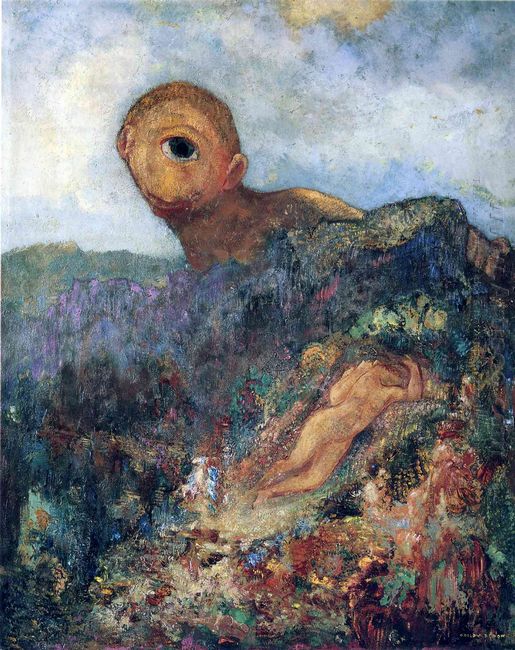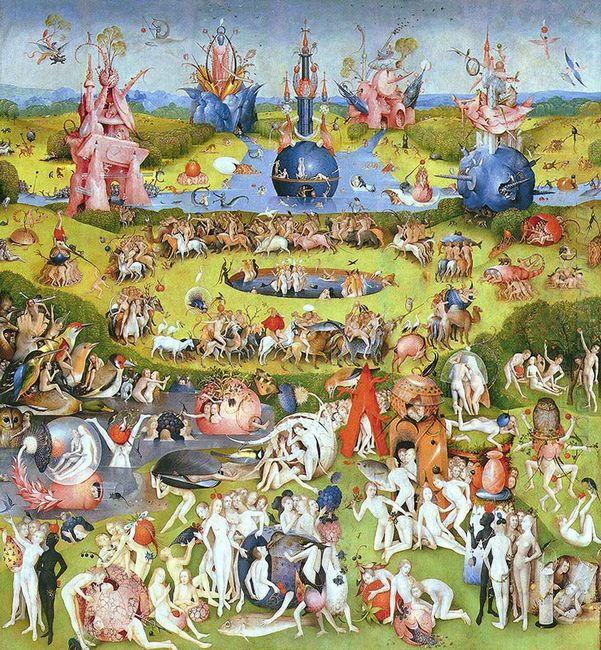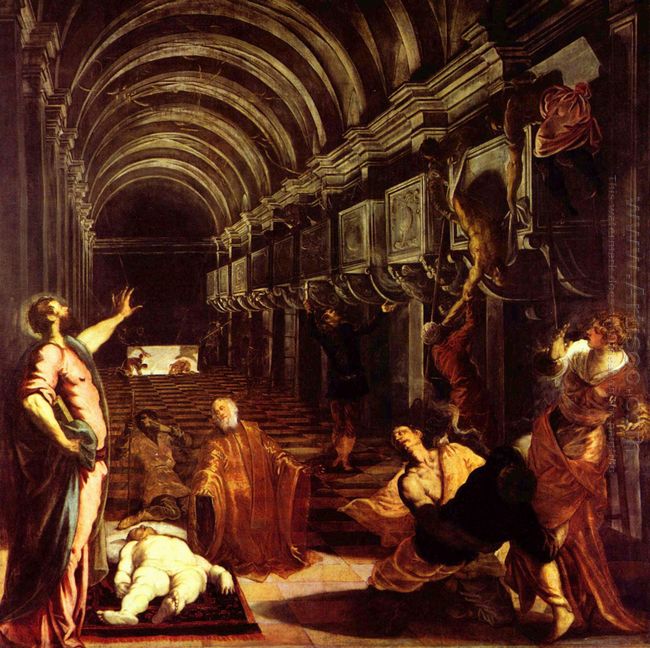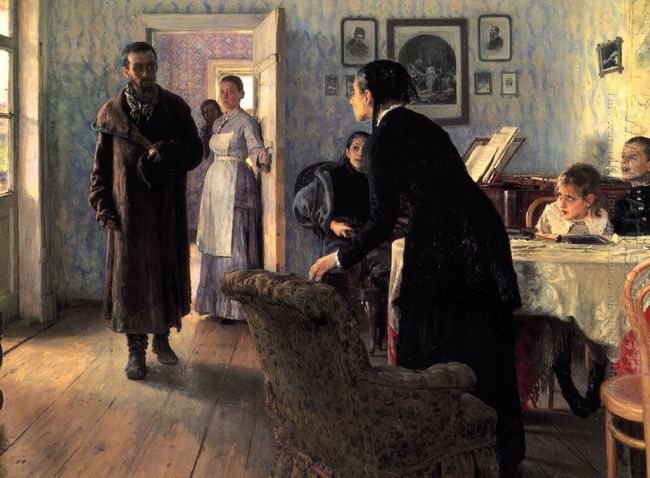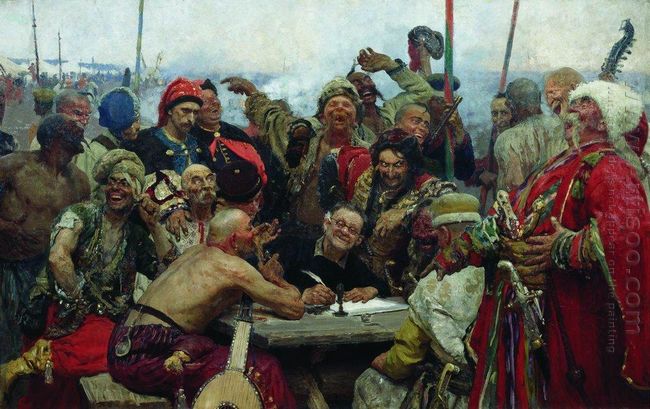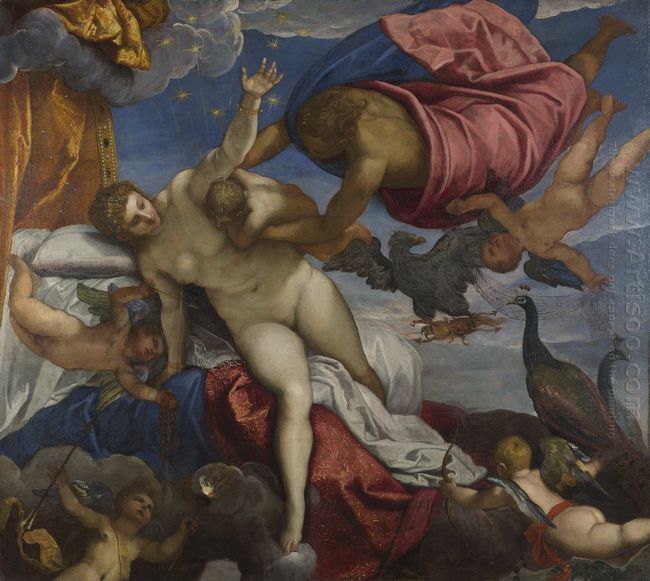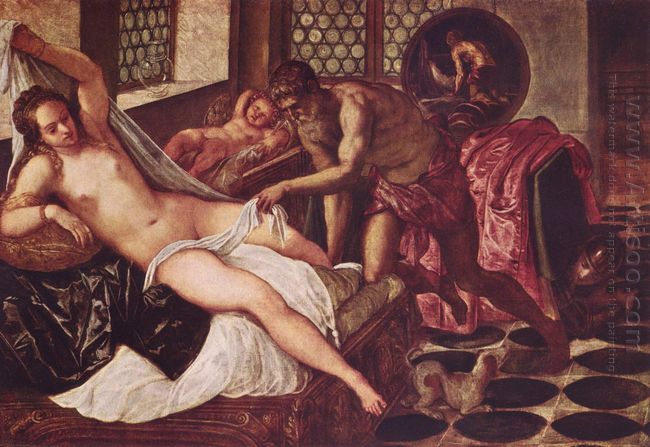Redon liked painting flowers very much. The reason why Odilon Redon loved painting flowers was that he was able to see people from the flowers. He once said, “The flowers are similar to the people’s faces. A flower is a mystery. It is the reflection of the soul.”This painting was made in the four years before his death. Various bright colors picked from the field in the long necked vase released the gorgeous and dazzling brilliance, showing enthusiasm, gentle, pure and noble beauty. It was the embodiment of pure personality and a song’s Lyric ebullience. Wild Flowers In A Long Necked Vase was made in 1912 and collected in France Orsay Museum in Paris. The flowers appeared in an indefinite space with no fixed position. The flower in the painting was a garden in the dream. The flowers in the painting were bright and colorful and not like the nature of the plant, but a bouquet full of mysterious artistic conception which embodied the painter’s innermost feelings. This reflected his heart was deeply intoxicated and immersed in the nature and quietness.
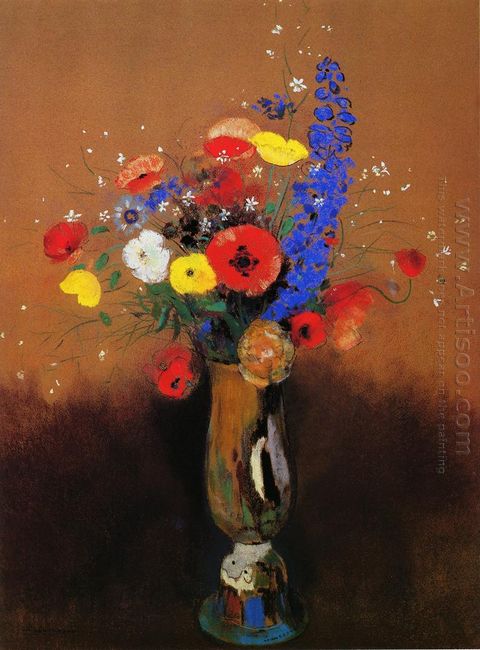
Wild Flowers In A Long Necked Vase was a representative work. The white vase was inserted a bunch of varieties of hybrid apricot and colorful wildflowers. The painter excluded the light role and made the bright colored flowers with a strong color show in front of people. For the sketches with an emphasis on light and color effect, it was a very novel creation. From the painting, we could see this pursuit of Redon. Various flowers were treated so harmonious and coordinated in the painting that they seemed to form a symphony of each part and various instruments. Therefore, some people also called Redon “mystery color composer”.
